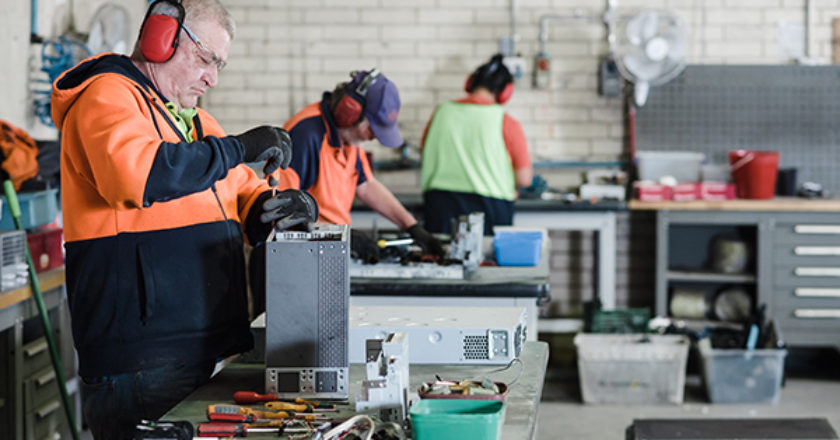Electronic Waste Recycling
What is Electronic Waste?
Electronic waste is a type of waste that occurs when the devices in the electronic group expire after a while. The fact that that electronic device is now in the “garbage” category is called “electronic waste“. Many electronic devices that are indispensable for our age and that we use frequently in daily life become waste after a while. We have compiled for you the devices that can be included in the category of electronic waste:
- Television
- Radio
- Computer
- Printer
- Telephone
- Home Appliances (refrigerator, washing machine and similar)
- Small Home Appliances
- Technological Devices (Computers, telephones and similar)
- Special Equipment (Video cameras, musical instruments etc.)
- Lighting Systems (Fluorescent, energy saving bulbs and similar)
- Electrical Devices (Drills, saws and similar tools other than large or stationary industrial devices)
- Toys, Entertainment and Sports Equipment (Video games, coin operated machines and similar)
- Heating Appliances (Thermostats, heat regulators and similar)
- Shopping Malls Vending Machines (Beverage and gum vending machines and similar)
Electronic items that can fit many more examples, such as these, are included in the “electronic waste” category as soon as they reach the end of their useful life.
An average of 20 to 50 million tons of electronic waste is generated every year in the world. Especially the USA, India, Japan and Germany are at the top of the list of countries that produce the most electronic waste.
Why is Recycling of Electronic Waste Important?
- Electronic wastes contain mostly toxic substances such as Cobalt, Barium, Mercury and many other harmful substances. When these wastes are thrown into the nature freely, they do not dissolve and disappear for many years. In addition, at the point where it is thrown, especially if it is thrown into the soil, the radiation and harmful components in its content damage the soil. When these harmful electronic waste materials mix with water, they cause water pollution, while beneficial bacteria and animals living in the water are also damaged. In addition, when these electronic devices are thrown into the nature, they can even start fires and cause extra damage to nature in case of intense contact with the sun.
- Electronic devices are very expensive materials both in terms of content and workmanship. Recycling these wastes, rather than harming nature, will open a separate door of income for people financially.
| WASTE CODE | ELECTRONIC WASTE AND LIGHTING EQUIPMENT WASTE DEFINITIONS |
| 16 02 13* | Discard equipment containing dangerous parts other than 16 02 09 to 16 02 12 |
| 16 02 14 | Discard equipment other than 16 02 09 to 16 02 13 |
| 16 02 15* | Hazardous parts removed from discarded equipment |
| 16 02 16 | Parts removed from discarded equipment other than 16 02 15 |
| 20 01 21* | Fluorescent lamps and other mercury-containing waste |
| 20 01 23* | Discarded equipment containing chlorofluorocarbons |
| 20 01 35* | Discarded electrical and electronic equipment containing dangerous parts6 other than those mentioned in 20 01 21 and 20 01 23 |
| 20 01 36 | Discarded electrical and electronic equipment other than 20 01 23 and 20 01 35 |
-
Request Form
MOTAT request is opened via ECBS System for waste delivery.
-
Waste Receiving
Disposal is completed with Hazardous Waste Transport Vehicles.
-
Waste Acceptance
The wastes transported to the facility by vehicles with MOTAT are accepted through the ECBS System.
-
Sort
Accepted wastes are classified according to their types.
-
Hazard Elimination
Hazardous wastes are pre-treated.
-
Waste Treatment
Wastes go through separation, shredding and data destruction processes.
-
Reporting
Necessary reports are provided to authorized institutions.
